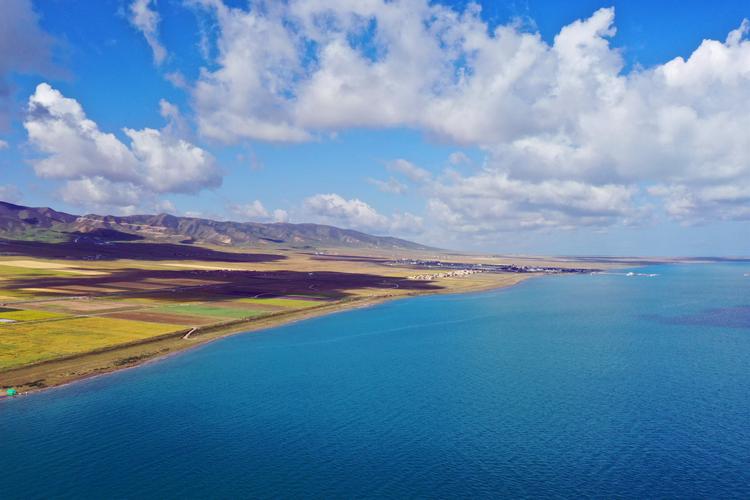Exploring the Intersection of Earth and Cultural Heritage Preservation: The Importance of Sustainable Tourism
Tourism has become a popular activity for people around the world, as it allows them to explore new destinations, experience different cultures, and take a break from their daily routines. However, tourism can also have a negative impact on cultural heritage sites, which are often fragile and require protection. The intersection of earth and cultural heritage preservation is critical, and sustainable tourism plays a crucial role in achieving this goal.
When it comes to cultural heritage preservation, the role of tourism is undeniable. Tourism can provide resources for the preservation of cultural assets, but it can also cause damage. Overcrowding, overuse, and lack of respect for local cultures and traditions can all contribute to the degradation of heritage sites. However, sustainable tourism practices can help to mitigate these negative impacts and protect the cultural heritage for future generations.
Sustainable tourism is a form of tourism that aims to minimize the negative impact of tourism on the environment, society, and the economy. Sustainable tourism promotes responsible travel practices, which in turn helps to protect natural and cultural assets. When people travel sustainably, they support local communities, preserve the environment, and help to maintain cultural heritage sites.
The importance of sustainable tourism in cultural heritage preservation can be demonstrated by examples from UNESCO World Heritage Sites. Machu Picchu in Peru is a prime example of how sustainable tourism can have a positive impact on heritage sites. In recent years, the Peruvian government has implemented a number of measures to manage visitor numbers and ensure that tourism is sustainable. These measures include limiting the number of visitors per day, controlling the flow of tourists, and educating visitors about the importance of respecting the cultural heritage site. As a result, Machu Picchu has been able to reduce the impact of tourism on its fragile environment and cultural heritage.
Another example of successful sustainable tourism is Tubbataha Reef, a UNESCO World Heritage Site in the Philippines. The reef is known for its unique biodiversity, and is home to over 600 species of fish and 360 species of coral. However, the area was threatened by unregulated tourism, which caused damage to the coral and marine life. In response, the Philippine government and local NGOs launched a sustainable tourism initiative that included stricter regulations on tourist activities and the establishment of a marine park zone. The initiative has successfully reduced the negative impact of tourism on the reef, while also generating revenue to support its conservation and preservation.
In conclusion, sustainable tourism is essential for the long-term preservation of cultural heritage sites. By promoting responsible travel practices, sustainable tourism can help to protect natural and cultural assets, while supporting local communities. Examples from UNESCO World Heritage Sites demonstrate that sustainable tourism can be an effective approach to minimize the negative impact of tourism on the environment, society, and the economy. Therefore, it is important that tourists, governments, and tourism industry players work together to promote sustainable tourism practices and protect cultural heritage sites for future generations.
(Note: Do you have knowledge or insights to share? Unlock new opportunities and expand your reach by joining our authors team. Click Registration to join us and share your expertise with our readers.)
Speech tips:
Please note that any statements involving politics will not be approved.
